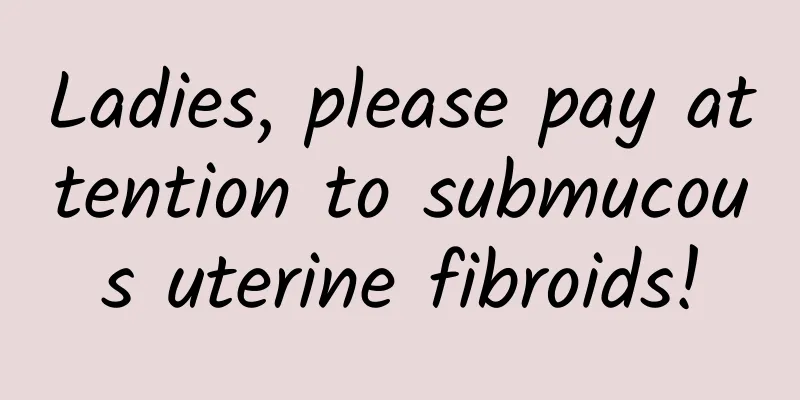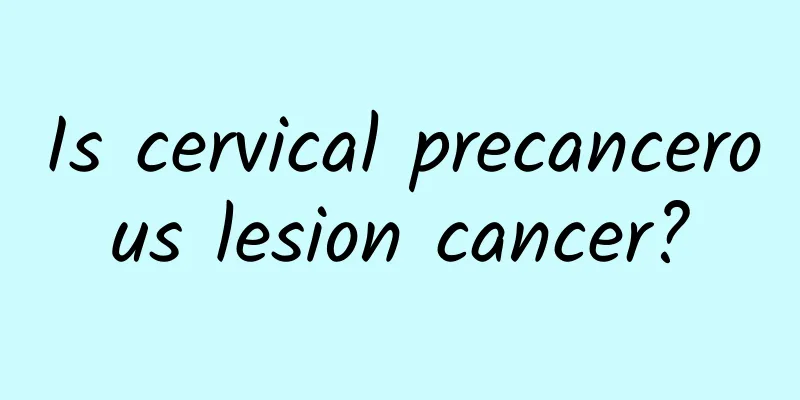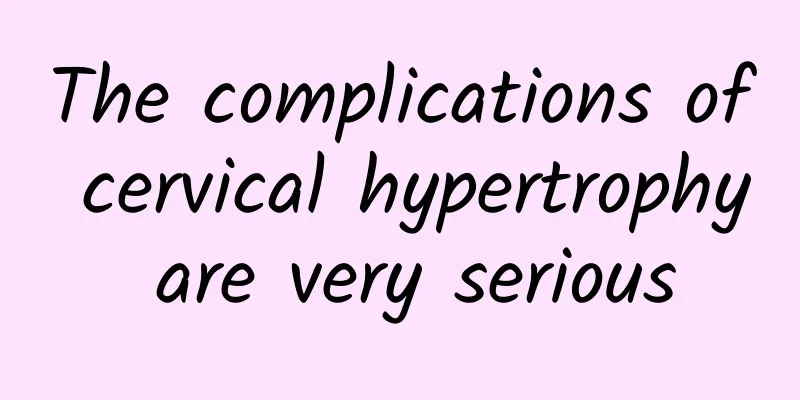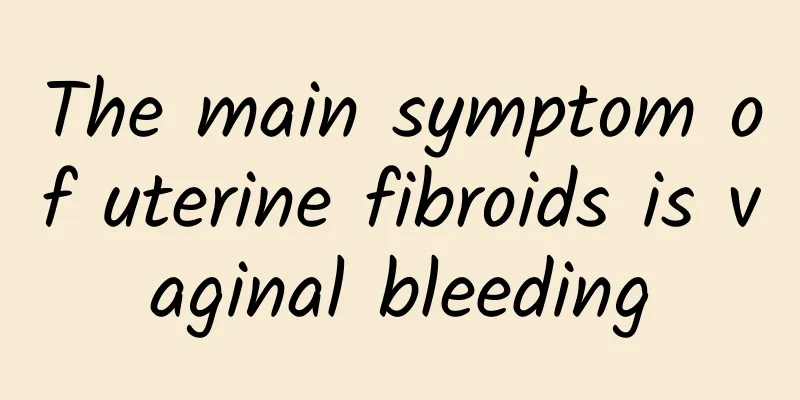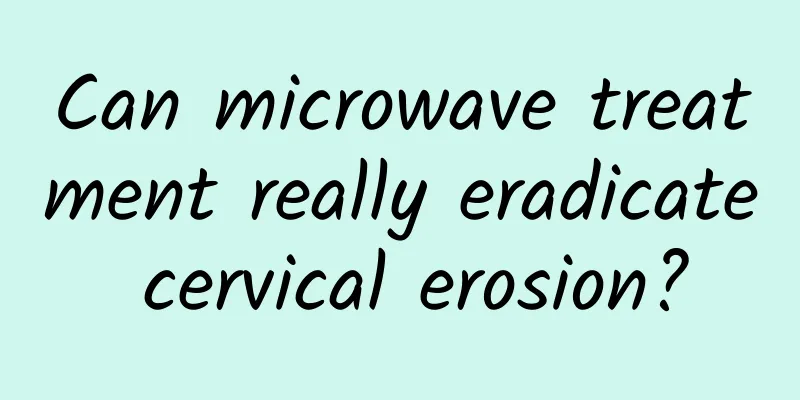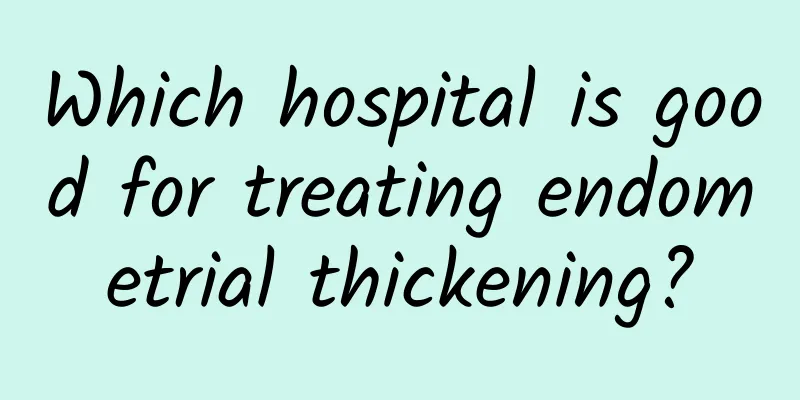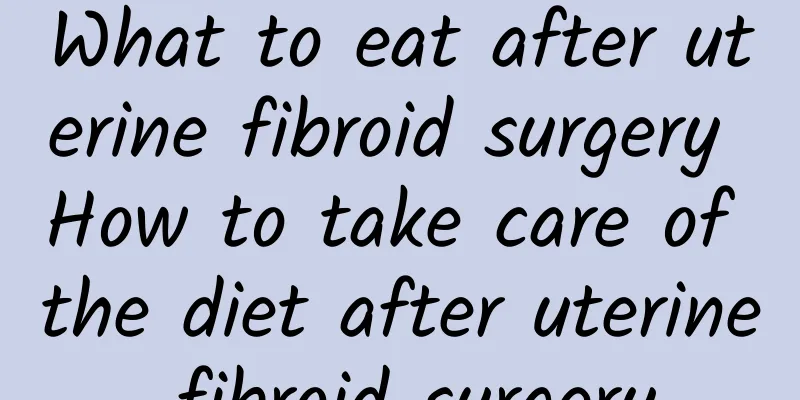How to treat uterine fibroids? What are the hazards of uterine fibroids?
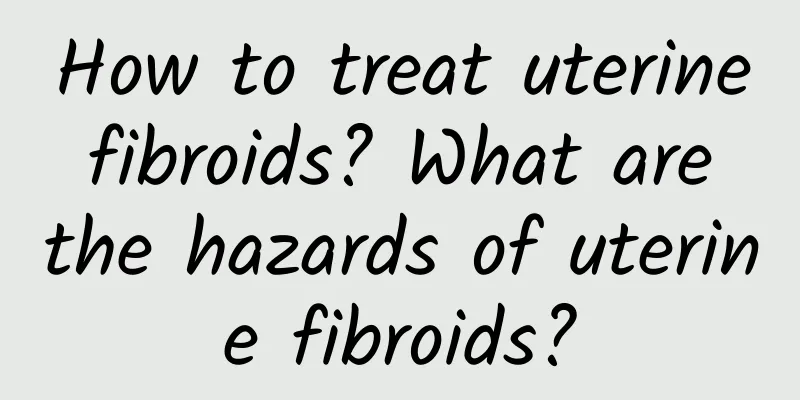
|
When to treat uterine fibroids? The high incidence of uterine fibroids and the trend of younger and younger patients have attracted people's attention. Many people will curiously ask the doctor when they go to the hospital for treatment: "Why do I get uterine fibroids? What should I do if I have uterine fibroids?" First of all, the first question is difficult to answer, because so far, the cause of uterine fibroids is not very clear. People have only confirmed through a large number of studies that uterine fibroids are an estrogen-dependent tumor. In other words, uterine fibroids are related to high estrogen levels in patients. It is difficult to say what causes the high estrogen level in patients. Fortunately, uterine fibroids are just a benign tumor that occurs in the uterus, and the rate of malignant changes is very low, so it is not a threat to people's lives. However, for many patients with uterine fibroids, uterine fibroids are still a "time bomb". If the bomb is not removed, there will be no peace of mind. So, should uterine fibroids be treated? When should it be treated? Which treatment method should be chosen? Answering such questions is also complicated, but there is one principle that remains unchanged, that is, it varies from person to person. The clinical treatments for uterine fibroids are nothing more than conservative treatment, surgical treatment and physical therapy. Conservative treatment Conservative treatment mainly includes expectant management and drug therapy. Expectant therapy The so-called expectant therapy is clinical observation, which does not require any drugs or other treatments. Gynecological internal examination is performed every 3 months, and B-ultrasound examination is performed. If the fibroids do not grow fast and have little effect on menstruation, it can be expected that the uterine fibroids will shrink with age and the decline of sex hormone levels. This situation is mainly suitable for patients over 40 to 50 years old, and they begin to experience menopause and mild clinical symptoms. Of course, for young fibroid patients who are unmarried or childless, patients without clinical symptoms can only choose this expectant treatment. Drug treatment Drug treatment is suitable for patients who are young (under 40 years old), have small fibroids, have fertility requirements, and have regular menstruation. At present, I am afraid that this type of patient is the most contacted in clinical practice. Because patients do not want to remove the uterus too early, and worry that the rapid growth of fibroids will affect themselves, they are the most entangled part of patients with uterine fibroids. In fact, these patients have become the best population for drug treatment. Some patients are also most suitable for drug treatment, that is, patients approaching menopause. Because drug treatment can not only improve the menstrual conditions of these patients, but also promote their early amenorrhea. However, drug treatment can often only inhibit the growth rate of fibroids and reduce symptoms, and cannot fundamentally solve the problem. Therefore, if drug treatment is not ideal, minimally invasive or surgical treatment should be considered. Drug treatment includes both Chinese and Western medicine. Traditional Chinese medicine treatment uses traditional Chinese medicine decoctions and Chinese patent medicines to regulate the patient's endocrine system and microcirculation in the body, regulate the management of qi, promote blood circulation, eliminate sludge, and eliminate uterine fibroids from the source. Because traditional Chinese medicine has few side effects and is easy for patients to accept, treatment can be started when uterine fibroids are found. However, the effect of traditional Chinese medicine is relatively slow and usually takes a long time, so patients should be well prepared for a "protracted war". Western medicine treatment is generally only suitable for menopause, menstrual disorders, and non-malignant changes in the endometrium, such as the commonly used methyltestosterone and goserelin. In recent years, some people have used mifepristone to treat uterine fibroids, and the effect is said to be very good. Surgery This has always been the most traditional, effective and unacceptable method for treating uterine fibroids. Generally speaking, since uterine fibroids are a type of tumor, it is natural to surgically remove them. However, uterine fibroids have their own particularities, namely, a low rate of malignant change and a high recurrence rate. The low rate of malignant change gives patients more time to choose a treatment method, while the high recurrence rate requires patients who try to keep their uterus to take greater risks. As for when to perform surgery, different patients have different requirements and it is difficult to generalize. However, surgical treatment should be considered when the patient has the following conditions: 1. The symptoms are obvious, especially irregular menstruation or excessive anemia, and drug treatment is ineffective. . Uterine fibroids rapidly enlarge, exceed the pelvic cavity, or are accompanied by abnormal urination and defecation. . Uterine fibroids with degeneration are accompanied by abdominal pain. . Uterine fibroids cause infertility There are several main surgical treatments for uterine fibroids: Myomectomy means preserving the uterus. Only by removing the myomectomy can normal menstruation and fertility be maintained. It should be said that this is the most ideal method for treating uterine fibroids, but uterine fibroids are often frequent, so the biggest problem with preserving the uterus is recurrence. New myoma nodules may be found 2 to 3 months after surgery. It is not recommended to preserve the uterus unless it is for fertility. Therefore, the most suitable people for this method should be patients under 40 years old. Subtotal hysterectomy means to keep the cervix and remove all the uterine body. This surgical method is simple and less damaging, but the cervix must be checked before the operation to eliminate the possibility of precancerous lesions. Otherwise, if the retained cervical tissue undergoes malignant changes, it will be very difficult to perform another operation. Hysterectomy refers to the removal of the entire uterus. It is suitable for patients who are close to menopause or young but have severe cervical inflammation. This can not only relieve the troubles caused by uterine fibroids to patients, but also do not have to worry about cervical cancer. This method is more easily accepted by people with a higher level of education. Whether it is traditional open surgery, laparoscopy, hysteroscopy, or vaginal surgery, it depends not only on the patient's requirements, but also on the patient's condition and the surgeon's technical level. Physical therapy In recent years, my country has also made great progress in the physical treatment of uterine fibroids. Some hospitals have carried out radiofrequency self-coagulation knife intervention and high-intensity focused ultrasound technology to treat uterine fibroids, and achieved good results. However, due to the short development time, its long-term effect remains to be observed. In short, the treatment of uterine fibroids must be based on the patient's condition, age, and the requirements of the patient and her family. We will also explore different ages, whether there is a desire to have children, and whether the uterine fibroids are single or multiple, hoping to provide more help to patients with uterine fibroids. |
<<: How to treat uterine fibroids? Comprehensive treatment methods for uterine fibroids
Recommend
Patients with pelvic inflammatory disease should pay attention to the hygiene of underwear
Pelvic inflammatory disease refers to inflammatio...
If you don't exercise, your muscle strength will decline. Just move and you can recover.
In the past year, have you noticed that friends w...
How to prevent vaginitis?
Diseases such as vaginitis are common in life, an...
Fight off irritability! 10 Ingredients to Reduce Stress
Nutritious and nourishing foods not only have an ...
How to distinguish menstrual disorders
How to distinguish menstrual disorders? If menstr...
What tests should be done for functional uterine bleeding in adolescence?
The reason for adolescent functional uterine blee...
The most effective treatment for cervical erosion
Cervical erosion seriously affects women's he...
Irregular menstruation and still can't get pregnant
If you have irregular menstruation and have not b...
What are the causes of uterine fibroids? What are the predisposing factors of uterine fibroids?
Gynecological diseases are hated by many women, e...
Can you still get pregnant with uterine fibroids? What should you pay attention to when you get pregnant with uterine fibroids?
What are the precautions for pregnancy with uteri...
Describe the main causes of cervical erosion
Cervical erosion is a common gynecological diseas...
What should I do if my period comes about ten days early? How can I treat it?
What should I do if my period comes about ten day...
What are the three major factors that cause ovarian cysts?
What are the three major factors that cause ovari...
TCM treatment of various syndromes of uterine fibroids
Uterine fibroids are the most common benign tumor...
Summary of the causes of cervical precancerous lesions
In daily life, I believe that most patients do no...

